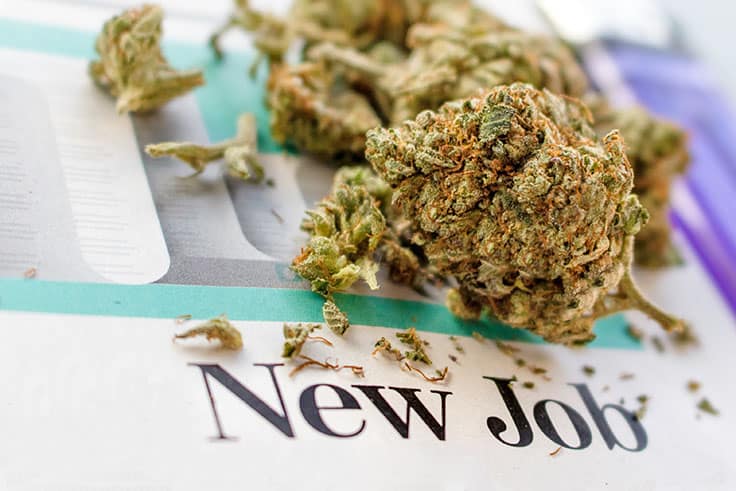<![CDATA[
CHICAGO and VANCOUVER, British Columbia, March 03, 2021 – PRESS RELEASE – Green Thumb Industries, a cannabis consumer packaged goods company and owner of Rise Dispensaries, today announced an exclusive partnership with cannabis-infused beverage brand Cann to manufacture and distribute its line of cannabis-infused sparkling beverages beginning in Illinois this spring. Green Thumb and Cann will expand distribution to additional markets including New Jersey, which recently legalized adult-use cannabis sales.
“The cannabis beverage category is poised for growth. Consumers are increasingly entering the market seeking alternatives to alcohol with familiar consumption experiences,” said Green Thumb Founder and CEO Ben Kovler. “Cann sits squarely in this opportunity, delivers on the consumer need and complements our brand portfolio with entry into the beverage segment. What’s even better is cannabis drinks can offer a superior experience, fewer calories and no hangover compared to alcohol. We are investing in the space and in the Cann team and we couldn’t be more excited to bring California’s #1 cannabis beverage brand to Illinois and beyond.”
Cann’s social tonics are low in sugar and calories and contain no preservatives or artificial sweeteners. Each drink is made of all-natural juice (not from concentrate), herbs, organic agave nectar and micro-doses of cannabis CBD and THC extract designed to be similar in strength to a glass of wine or a light beer. Cann is available in three creative flavors: Lemon Lavender, Grapefruit Rosemary and Blood Orange Cardamom and are sold in 6-packs of 8 ounce cans.
The brand got its start in Venice, California, in 2019 and became a quick local favorite for those in Hollywood due to its appeal to the growing number of entertainers and media personalities looking for healthier alcohol substitutes that still come with a fun social buzz.
“There are a lot of people who want to incorporate cannabis into their lives recreationally without the fear of getting too high,” said Cann co-founder Luke Anderson. “Cann lets you rewrite the ‘bad edible experience’ you had in college and change your social drinking routine at the same time.”
Trends show that cannabis beverages are gaining in popularity faster than other cannabis categories. In California, cannabis beverage category sales grew nearly four times faster than total cannabis market sales between the period of January and December 2020. Over the same time period, Cann rose from fifth in market share to first with over 600% growth in sales (BDS Analytics).
RELATED: THC-Infused Tonics Find Their Place in Cannabis Beverage Market in 2020
“We’re ecstatic to partner with Green Thumb, the nation’s leading cannabis operator and brand innovator,” says Cann co-founder Jake Bullock. “We’re excited that their best-in-class management team believes in our vision to offer a superior alternative to alcohol. Cann social tonics create a refreshing, uplifting social buzz without alcohol’s negative effects. We believe that cannabis beverages will change the way people drink in this country – imagine drinking a few Canns instead of several beers, wine or cocktails and waking up the next day without a massive headache. We offer a much smarter, delicious choice.”
]]>





